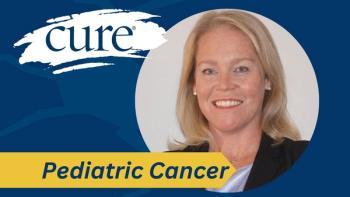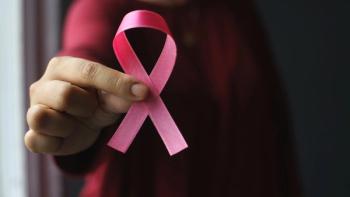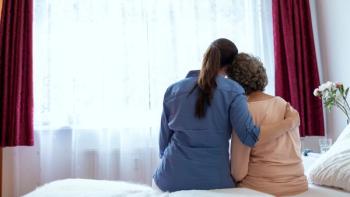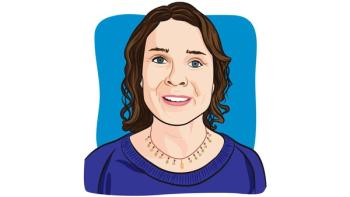
Making Cancer Clinical Trials More Accessible in Local Communities
Clinical trials should be designed to ease travel and financial burdens by using local care, telehealth and remote tools, Kimberly Demirhan explained.
Kimberly (Cary) Demirhan, a registered nurse and assistant director of Education Programs at the Association of Cancer Care Centers, emphasized the importance of making clinical trials more accessible for patients receiving care in their own communities.
She explained that this involves reducing the need for travel to large academic centers by supporting local research sites with infrastructure, education and mentorship. Demirhan also highlighted the need to rethink trial design — such as incorporating telehealth, local lab draws and remote monitoring tools — to ease the logistical and financial burden on patients. She also works as a PRN heart transplant nurse at MedStar Washington Hospital Center in Washington, DC.
Transcript
How can researchers work to make trials more accessible to patients receiving care in their own communities?
We want to make sure that trials are as accessible as possible, and that means not necessarily having to go to large academic centers to get treatment or to be enrolled in trials, but to access them where you live — without the logistical or financial barriers that can come with needing to travel for a trial.
As an organization, we focus on the professional capacity side of that — looking at how to build up community research sites to be able to do clinical trials. We work on preparing them to build their infrastructure and providing them with the education, resources and mentorship they need to be able to do research in the community.
Really, the goal of our organization is to make trials accessible for community-based patients, so they’re not having to leave their home or travel long distances. And rethinking the clinical trial structure — how we actually deliver trials — is really important in this conversation. That includes assessing how frequently patients actually need to be seen in person, what care can be delivered through telehealth, whether they can get their labs done through local lab draws, or if they can wear digital tools or patient monitoring devices — so they’re not having to travel long distances just to enroll or stay in a trial.
Reference
“Bringing Cancer Research to the Community: Strategic Approaches to Representative Oncology Clinical Trial Design,” by Dr. Nicole A Colwell, et al. ACCC Community Oncology Research Institute.
Transcript has been edited for clarity and conciseness
For more news on cancer updates, research and education, don’t forget to




